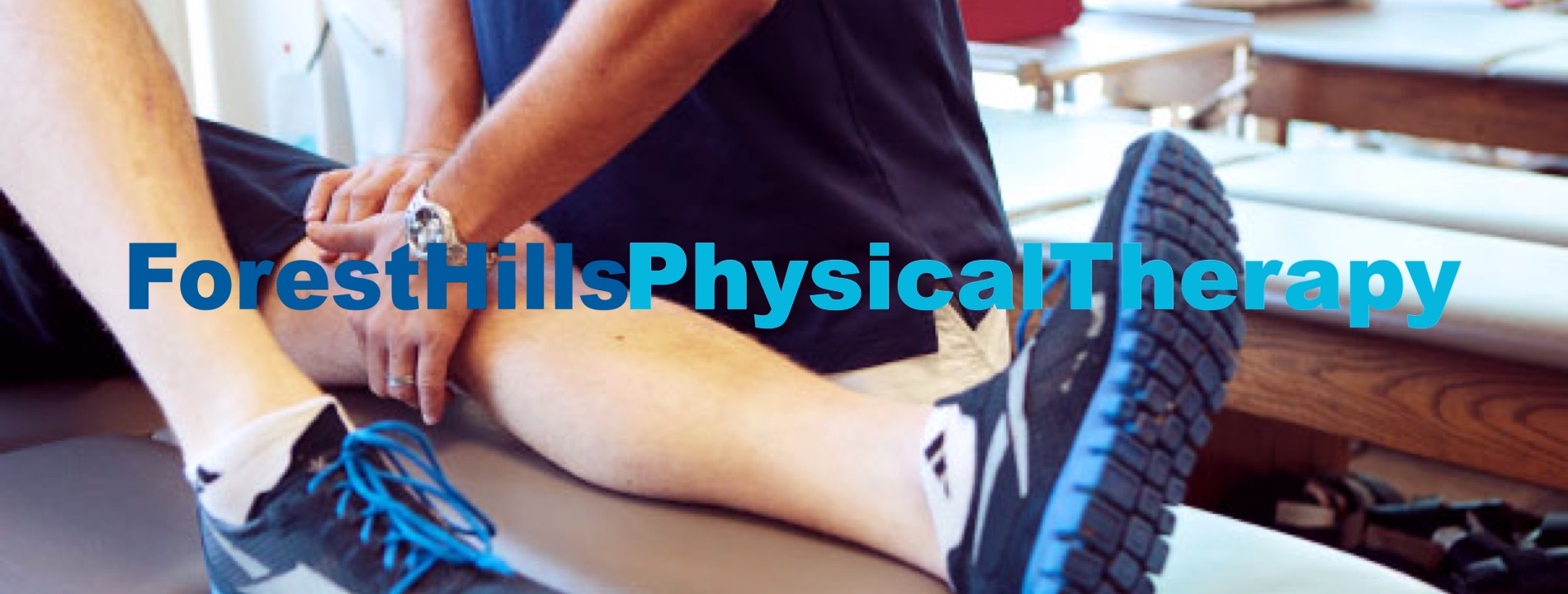Physical therapy for spinal injury - Forest Hills NY
Yes! Physical Therapy Can Actually Help Spine Injuries!
Did you know that August is a month of awareness for Spinal Muscular Atrophy (SMA)? This is a condition in which patients suffer from reduced muscle tone and significant muscle weakness. It is common in children and to a lesser extent, in adolescents. It is a genetic disorder, and patients tend to deteriorate over a period of time.
The management of patients with SMA is multi-disciplinary. This means that different healthcare professionals work together to help improve the quality of life for the patient. The physical therapist is an integral part of this team. This is a very complex condition and outcomes vary between patients. A lot of treatment options (gene testing, gene conversion) have been investigated, and the research is ongoing.
In any condition (or injury) involving the spine, the probability of nerve damage is significant. This has the potential to affect movement, function and muscle strength. Simple things like rolling in bed, sitting up straight and reaching for objects can become a challenge. There are several things that physical therapists can do for patients with spine injuries.
The Link between Spinal Health and Physical Therapy
As part of a multi-disciplinary team in the management of spinal muscular atrophy, physical therapists often recommend the following:
1. Exercise
Physical therapists design exercise programs to increase muscle strength and improve balance in order to achieve independence in simple things such as walking, rolling, and sitting. A home exercise program is also provided to patients.
2. Orthotics
These include devices that assist the patient to move around with some degree of assistance. Orthotic devices may be custom designed based on the specifications of the physical therapist. Orthotics help align joints and muscles in an appropriate position and encourage independence.
3. Aquatic Therapy
Exercises in a swimming pool tend to be fun and relaxing for patients, especially children. The effect of buoyancy provides an ideal environment for a safe and supervised exercise program.
4. Weight Bearing Exercises
This involves the use of a patient’s natural body weight to provide resistance to joints and muscles. Several exercises to improve upper body, lower body, abdominal and lower back strength can be performed without using any equipment.
5. Chest Physical Therapy
Normally, muscles that lie between the ribs (called intercostal muscles) tend to be weak in children with SMA. As a result, the cough reflex may be inhibited. Physical therapy can help prevent chest infections. Physical therapists will train parents to place their children in certain positions to help get rid of secretions. In addition, they may perform certain measures that will enable the child to cough out secretions with minimal effort.
6. Advanced Techniques
Physical therapists may use advanced techniques like proprioceptive neuromuscular facilitation and manual therapy to encourage movement and muscle control. Helping the body learn (or rediscover) movement patterns is the foundation of recovery for individuals with spinal injuries.
Our Commitment to You…
There is always a light at the end of the tunnel, and as your physical therapists, we will stand by you to help you get better, no matter what we need to do, and no matter how long it takes.
Injuries and conditions involving the spine can vary in severity. Once we determine the extent of the problem (bone, joint, nerves, muscle), we will create a plan of action and discuss it with other members of your healthcare team.
The ability to do simple things in life like reaching, pushing and pulling and doing day-to-day tasks without pain and restrictions matter to patients with spinal injuries. We understand our responsibility to serve you, and appreciate your trust and faith in us. We are committed to helping you live a happy and healthy life, regardless of physical limitations. Reach out to us if you (or anyone you know) has a spinal injury. We are standing by to help them.





